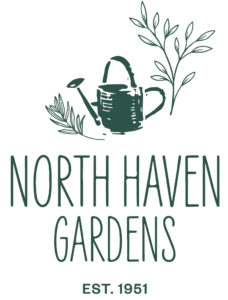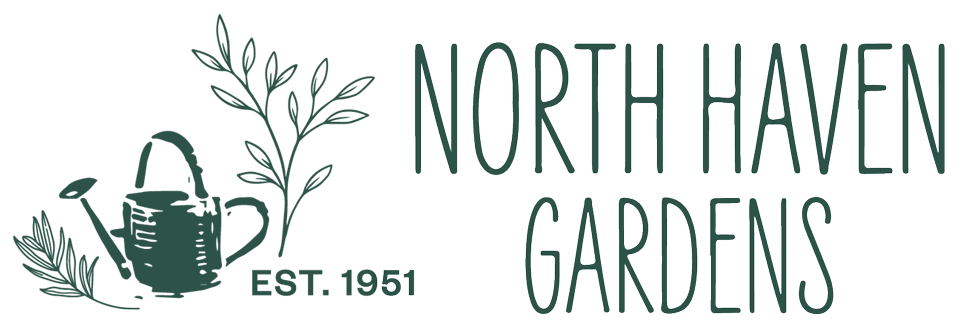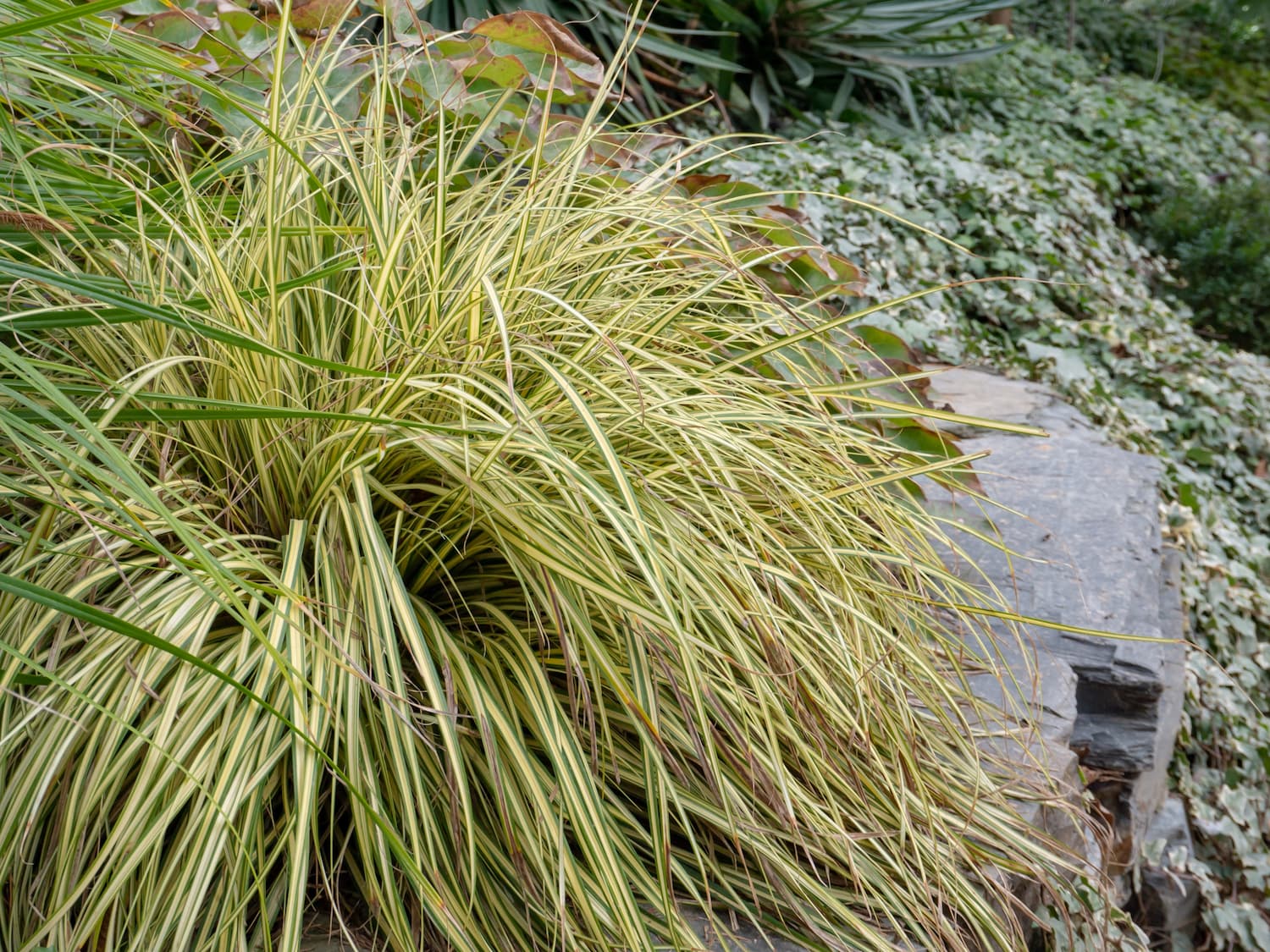Updated:February28,2024 Here at NHG, we know you love pretty blooms that are easy to plant,…
Why Vegetable Planting Dates Matter
Why do we at NHG stress the importance of certain planting times? What happens when you plant something way too early, or worse, way too late? Planting by the calendar is all-important if you are to have vegetable and herb gardening success–here’s why:
Here at NHG, we divide our transplants and seed selections into two broad categories: warm season and cool season. Seems simple enough, right? Not so fast. A classic ‘warm season’ crop, like summer tomatoes, are best planted while it’s still relatively chilly out–late February through March.
The key here is root growth and establishment–if the temperature outside gets too hot too quickly after planting, the little transplant just can’t get established well enough to set a good harvest of fruit. Planting early–and protecting during cold snaps–ensures that they have more time to establish ahead of the heat.
Many cool season crops are planted in September. It may still be hot outside to us, but they need a bit of warmth to establish well before the cold snaps start. Wonderfully nutritious crops like broccoli, Brussels sprouts, cabbage, and cauliflower are crops whose immature flower heads are what we actually eat. These take time to develop, and you must get them in the ground so they can produce for you.
Other vegetables and herbs, such as lettuces, arugula and cilantro–must not experience hot weather too soon after planting. If they do, they ‘bolt’–they skip leaf formation and go straight to flower and seed–and you’ve lost your crop.
Even variety can play a role. Some varieties of tomatoes are more tolerant of the weather changes, and can be planted and harvested over a longer period. Smaller sized varieties of fruit–those that get to maturity quicker–will be good choices, as they will have to experience less impact from the unstable temperatures before they are ready to harvest.
What if you plant too late? Usually, there is simply not enough time to develop fruit before freezes or heat waves set in. Worse, pests, disease and stressed plants can become a problem.
With longer planting windows, sometimes you can try what is known as ‘succession planting’, whereby you simply plant new crops by seed or transplant in two week intervals. Often, if you can use a later planting time, you can get your second planting to be less impacted by insects than the first one–this technique can help with tough insects like squash vine borers.
If one is going to start these from seed, you can simply back date four to six weeks from the recommended transplant starting time. This will give your seedling time to advance to that larger size.
Of course, gardening is always subject to the weather, and with our rapid swings in temperatures here in the Dallas area, paying attention to the forecast and being prepared to alter your planned planting dates, or covering your plants will always be wise.
Because we are committed to your gardening success, we will have plants available to you and advise seed planting only at the proper time in order for you to have the best results from your garden.
Visit our Edibles page to learn more about garden timing.


